Award-winning animator Tony White brings you the ultimate book for digital animation. Here you will find the classic knowledge of many legendary techniques revealed, paired with information relevant to today’s capable, state-of-the-art technologies.
White leaves nothing out. What contemporary digital animators most need to know can be found between this book’s covers – from conceptions to creation and through the many stages of the production pipeline to distribution. This book is intended to serve as your one-stop how-to animation guide. Whether you’re new to animation or a very experienced digital animator, here you’ll find fundamentals, key classical techniques, and professional advice that will strengthen your work and well-roundedness as an animator.
Speaking from experience, White presents time-honored secrets of professional animaton with a warm, masterly, and knowledgeable approach that has evolved from over 30 years as an award-winning animator/director.
The book’s enclosed downloadable resources presents classic moments from animation’s history through White’s personal homage to traditional drawn animation, “Endangered Species.” Using movie clips and still images from the film, White shares the ‘making of’ journal of the film, detailing each step, with scene-by-scene descriptions, technique by technique. Look for the repetitive stress disorder guide on the downloadable resources, called, “Mega-hurts.” Watch the many movie clips for insights into the versatility that a traditional, pencil-drawn approach to animaton can offer.
Read more
59 reviews for Animation from Pencils to Pixels: Classical Techniques for the Digital Animator
Add a review
$41.04

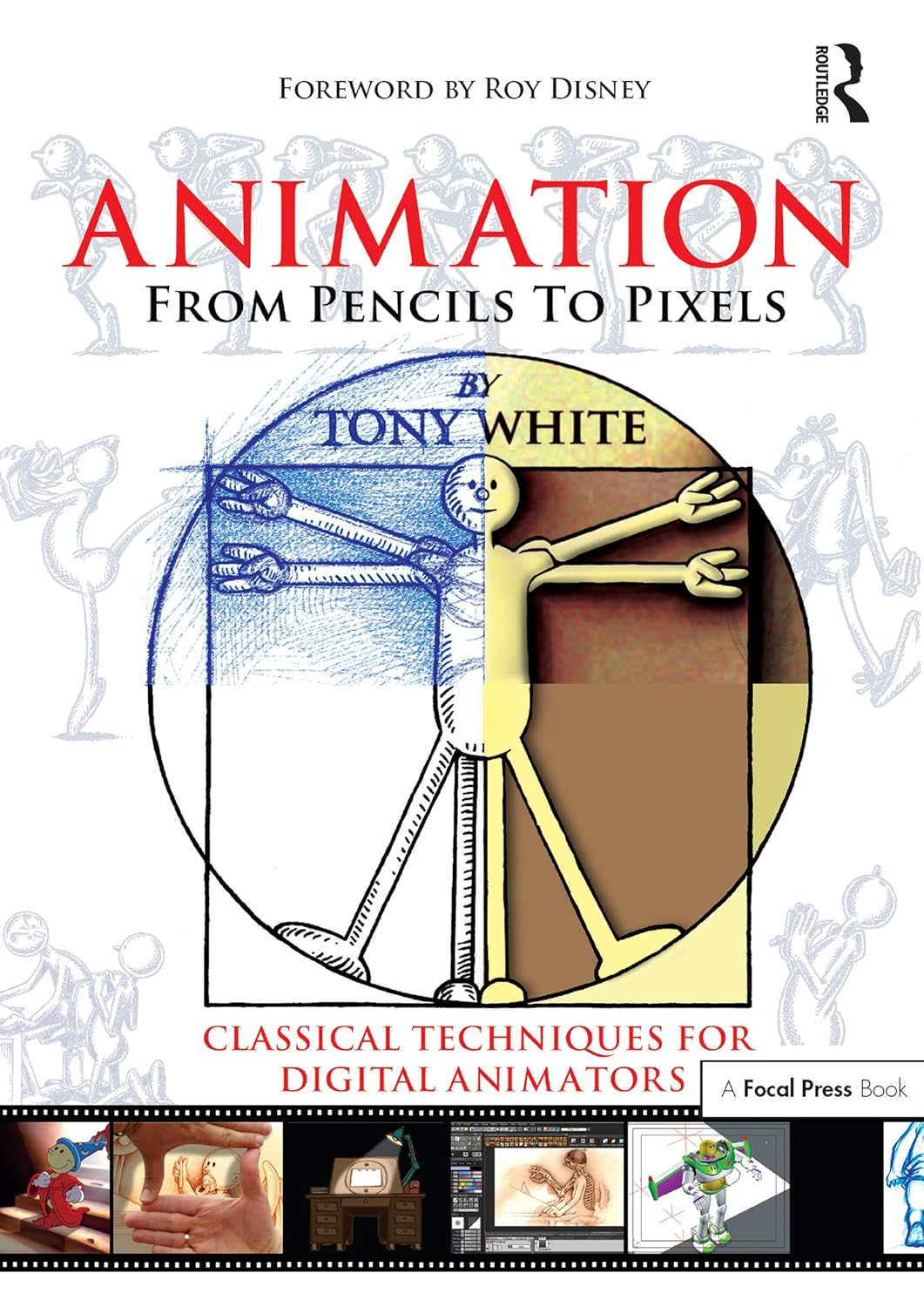
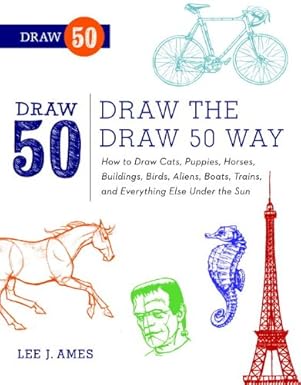


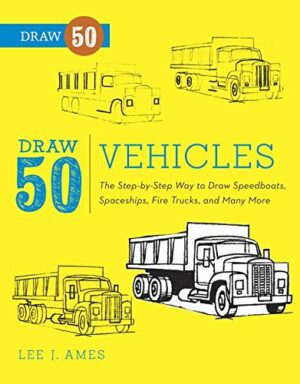
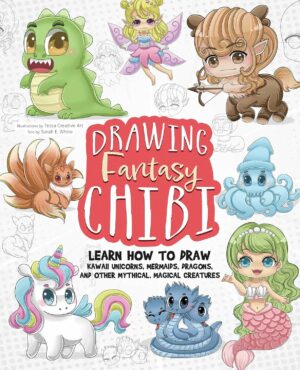
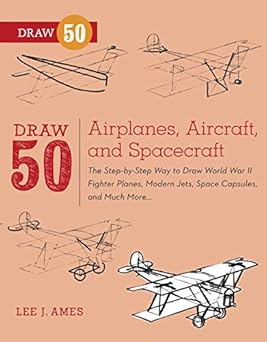

D. Guenzel –
I’m glad Mr Tony White wrote this book because in it he doesn’t shy away from the fact that traditional 2D animation is an art superior to computer animation. He doesn’t hit anyone over the head with that view. He doesn’t have to; it makes itself known on nearly every page.
As one who is utterly bored by the digital revolution I am glad there are still skilled men like Tony White out there showing us the fundamentals of an art that may (or may not) be on the verge of extinction. His first book, THE ANIMATOR’S WORKBOOK is a masterpiece, a work in a class by itself, and is one book that I wished I had had when I was still young. Had I had that book in my hands in my formative years I have little doubt that I would have made a career in animation. That fine book cannot be recommended too highly and every aspiring tradional animator should have it.
This new book is excellent, too, in that it tries to keep the art of 2D alive while acknowledging the fundamentals of the current hot toy, 3D computer-based animation. For those in the 3D world who want to break away from the infantile and over-the-top productions currently in vogue and wish to bring back (if that is possible) some genuine art into this new animation realm this book will be a godsend. For many reasons this book is to be highly recommended. It shows again what a fine skill the author has, and it has inspired even me at this late stage in my life to begin to learn tradional animation. Buy it.
If I have one gentle criticism to make regarding this excellent book, it would be that the authors and book editors need to know that the reading public is growing increasingly tired of reading “he or she” when simply “he” will do nicely. Have we not all now grown up enough to realize that women are not offended when the pronoun “he” is used only, and that it is totally unnecessary to include a “she” after every “he”? Gosh, I hope so.
Lastly, the cd that was enclosed with the book included a delightful little production called “Endangered Species”, Mr White’s lament to an art being lost. On my copy the narration was recorded so low that I could not hear what was being spoken. Hopefully future editions will correct this problem.
juan e. –
its amazing how the information of the multiple process to make an animation are show in this book; have a lot of pictures with phrases and comentaries very helpful to have inspiration and a complete understanding of the several topics.
i love it
Guillaume –
Exactly as described and delivered in time.
Simone Pietropaolo –
Il librò è molto completo, è proprio un libro, nel senso che non ci sono tantissime illustrazioni, è da leggere ecco. Inoltre è in inglese, il che può rappresentare un ostacolo per chi non ha dimestichezza con la lingua. In realtà con un pò di pazienza si può leggere, anche se il fatto che sia troppo “da leggere” lo rende forse più pesante rispetto all’argomento che tratta, e alle difficoltà della lingua.
Nancy Beiman –
The long-awaited sequel to Tony White’s ANIMATOR’S WORKBOOK is worth the wait.
ANIMATION FROM PENCILS TO PIXELS is unique among animation books since artwork from White’s short film ENDANGERED SPECIES is used to illustrate most of the sections of the book, though some student work is also included. Some material from THE ANIMATOR’S WORKBOOK is repeated, mainly in the sections that deal with action analysis. White has included valuable chapters on Flash and vector-based 2D animation. While drawing is clearly his first love there are also chapters on CGI ‘3D’ animation written from the perspective of a professional animator.
The massive book (over 500 pages long) is readable and easy to navigate. Images are large and well-placed (this has been a notable failing in many animation how-to books.)
It’s quite ambitious to incorporate preproduction, production, and post in two media into one volume. If you want a good, well written overview of animation production in the 21st century, this is the book to get.
I would like to see ENDANGERED SPECIES on a full DVD copy; the PDF format in the original edition is a bit hard to play on this computer.
Karla –
Ok
Keith Johnson –
I have studied animation for the last several years. I am a Flash designer specializing in E-learning in the Seattle market. I am not just a casual reader of this topic.
Why I like this book. When you go to school for animation you have a lot of stuff thrown at you and no matter how good your notes are you can not remember it all. You need to refresh your skills. This book was not only good at that but also much more. It is a fun read, an interesting read.
This book covers the complete process from picking up the pencil to marketing/distribution. Tony knows his stuff, he should he has been a professional animator for many years and you have probably seen his works. If you have seen the Pink Panther Strikes Again (“does your dog bite?”) you have, he did all the animation for the film.
Traditional animation is an art form and it seems like it is finally getting some of the respect it deserves. 3D is the rage these days, Pixel does an excellent job and nobody does it better, unfortunately there are more bad 3D feature films than good. Even Disney is hiring back some traditional animators and creating some old school, that’s cool.
If you want to learn animation pick up this book and The Illusion of Life and you will learn so very much. But the learning process also requires doing. Like the saying goes, “A dream and a number 2 pencil will take you anywhere”.
Keith Johnson
Manager of the Seattle Flash User Group
Flash Animator/ E-Learning Specialist
Janet Clarke –
As a beginner 2d animator (with past experience in 3d), I’ve been searching for a book that provides soup-to-nuts, clear information regarding every stage of the animation process. Having leafed through books at Barnes and Noble, I found that most books would cover a little something (like discussing squash and stretch technique in classical animation), but nothing thorough enough to give me the comprehensive foundation that I need. While I haven’t finished this yet, I’ve gone through the chapters…and this book has everything (including discussion of film shots, lenses, framing, etc.) *This* was money well spent.
Ethan Alexander Kirchner –
The animation book is the important one that I needed for my college because I started my class 2 days after my birthday.